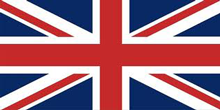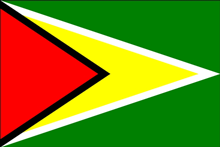Copyright © University of Cambridge. All rights reserved.
'National Flags' printed from https://nrich.maths.org/
Show menu
Why do this problem?
This problem gives children the opportunity to identify, visualise, and describe the characteristics and properties of 2D shapes in the context of a meaningful real life setting. It also provides experience of classifying and measuring angles, and identifying lines of symmetry.
Possible approach
With the children working in pairs ask one person to pick a 2D shape from a set of shapes and describe it to their partner without them seeing it. The second person must then draw the shape they think it is.
Next let the children choose their own flag and find ways in which to investigate it. Templates of the flags can be downloaded to enable the children to mark and measure angles, and identify parallel and perpendicular lines. Mirrors and tracing paper would be useful.
Key questions
What shapes can you see in your flag? Are they regular or irregular?
Can you describe their angles? Can you estimate them? Measure them?
Does the flag have any lines of reflective symmetry?
Can you find any parallel and/or perpendicular lines?
Possible extension
Children could look at the order of rotational symmetry of their flags, and work out areas of different shapes given certain dimensions.
Possible support
Children could use a set of 2D shapes to help them identify the shapes on their flags and their angles.





